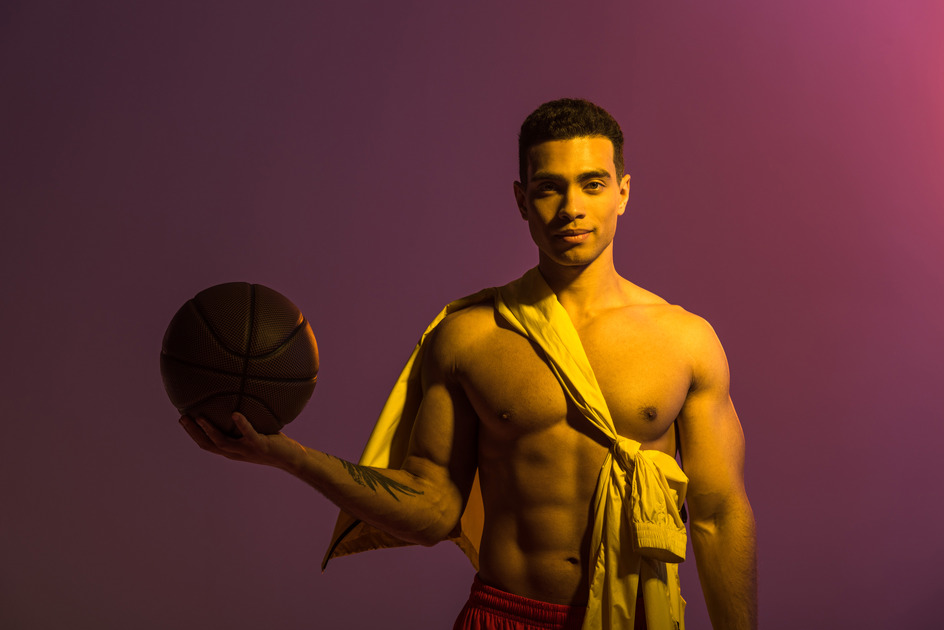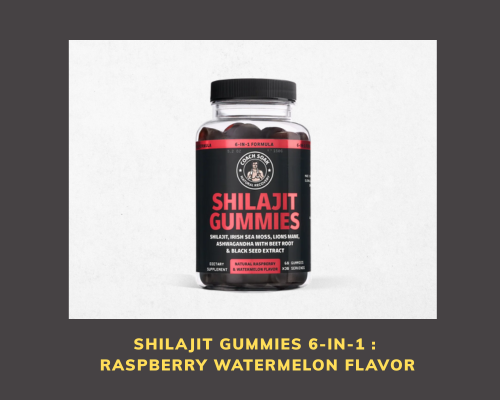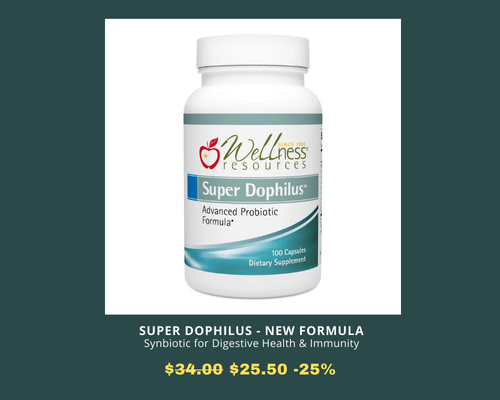Introduction:
Fitness is about more than building muscle or burning calories – it’s also about finding a space where you can be yourself. For LGBTQ+ individuals, the journey to wellness is powered by representation, mental and physical well-being, and community empowerment. Unfortunately, traditional gyms and sports have not always felt welcoming. For decades, fitness environments were often exclusionary toward LGBTQ+ people, upholding practices that enabled gender and sexuality-based discrimination pubmed.ncbi.nlm.nih.gov. This has real consequences: in one survey, nearly 45% of LGBTQ students who weren’t involved in sports said they avoided P.E. class due to feeling unsafe, glsen.org. The good news? Change is underway. More gyms, trainers, and groups are embracing inclusion, and it’s transforming lives. In this article, we explore three key pillars of LGBTQ+ fitness: representation and inclusivity in fitness spaces, mental and physical well-being through movement, and community empowerment through fitness. Get ready for an evidence-backed, motivational look at how embracing these themes can uplift your fitness journey. (As you read, consider your own experiences. Have you ever wished for a gym where you felt you truly belonged?)
Representation and Inclusivity in Fitness Spaces
Imagine walking into a gym and seeing Pride flags on the wall, diverse body types and identities in the class, and staff who respect your pronouns. Feeling represented and safe in fitness spaces isn’t a luxury – it’s a game-changer. When you see people like you leading a yoga class or on the weight room floor, it sends a powerful message: You belong here. Representation in fitness marketing and staffing helps break stereotypes and invites everyone to participate acefitness.org. In fact, experts note that fostering safer spaces allows more LGBTQ+ trainers and members to come forward, making the whole fitness community more diverse and welcoming – a win for all.
Inclusive gyms also back up their values with action. A recent study asked 766 LGBTQ+ adults how to make physical activity more inclusive. The top suggestions were clear and actionable: create visibly LGBTQ+-friendly environments and policies. Over 70% of respondents emphasized the importance of “safer spaces” – for example, explicitly advertising if a gym is LGBTQ+ friendly, offering LGBTQ+-only classes or beginner sessions, adopting strong anti-discrimination policies, and training staff in LGBTQ+ sensitivity. Many also urged facilities to challenge the gender binary by adding gender-neutral locker rooms and questioning the old “men vs. women” divisions in sports, pubmed.ncbi.nlm.nih.gov. These changes send a signal that everyone is welcome and respected.
- Pro Tip: Looking for a welcoming workout environment? Do your research. Seek out gyms or community centers that publicly champion inclusivity – check for non-discrimination policies, gender-neutral bathrooms, or even small signs like rainbow stickers. Don’t be afraid to ask staff about inclusivity training or LGBTQ+ classes. You deserve a fitness space where you can focus on your goals, not on hiding who you are.
Inclusivity isn’t just about facilities – it’s about culture. Fitness professionals have a role to play by using inclusive language and showing empathy. As one ACE-certified personal trainer put it, “We need to ensure people know that fitness is for everyone… not just through representation in marketing, but through our own thoughts and actions” acefitness.org. Little things – like using correct pronouns or curating diverse images on a gym’s Instagram – help normalize LGBTQ+ presence in fitness. The result is a positive feedback loop: the more inclusive the space, the more LGBTQ+ individuals feel comfortable joining, which further diversifies the community. So whether you’re a gym owner, instructor, or fitness enthusiast, ask yourself: How will you help create a safer, more inclusive fitness space for all?
Mental and Physical Well-Being Through Movement
Exercise isn’t just about physical gains; it’s one of the best investments you can make in your mental health. This is true for everyone, but it can be especially powerful for LGBTQ+ individuals, who experience higher rates of stress, anxiety, and depression due to societal pressures. Moving your body – whether it’s lifting weights, dancing, or going for a run – triggers biological and psychological benefits that boost well-being. According to the Mayo Clinic, research shows the mental and physical benefits of exercise “can help mood get better and lessen anxiety.” In other words, working out can literally help lift your spirits, according to mayoclinic.org. Regular physical activity releases feel-good brain chemicals (endorphins), reduces stress hormones, and improves sleep – a potent recipe for feeling more balanced and resilient. Harvard Medical School reviewed 97 studies and concluded that people who stay active report less depression and anxiety than those who are sedentary. health.harvard.edu. It’s like nature’s antidepressant, with positive side effects to boot!
For LGBTQ+ folks, who might face unique stressors, exercise can provide a healthy outlet. A 2021 study found that lesbian, gay, and bisexual adults who exercised had fewer “poor mental health” days compared to those who didn’t exercise – almost 1 fewer day of bad mental health per month just by being active. Those who met standard fitness guidelines (like 150 minutes a week) averaged even 1.2–1.7 fewer days of poor mental health each month. Think about that: a couple of jogs or gym sessions a week could translate into more days where you wake up feeling good. Science aside, movement also builds a sense of mastery and control. Every time you finish a workout, no matter how light or heavy, you prove to yourself that you can set a goal and achieve it. That boosts self-esteem and confidence, mayoclinic.org – something we all deserve, especially if we’ve been told we don’t fit the “standard” mold.
Of course, exercise benefits your physical health in tandem with your mental health. Staying active lowers the risk of chronic issues like heart disease, diabetes, and even some cancers. It strengthens your heart, bones, and immune system. When you combine those physical perks with the mental lift, you get a holistic well-being boost. And crucially, exercise can become a positive coping strategy. Instead of turning to unhealthy habits when stressed, a dance class or a long walk can help you process emotions in a healthy way.
- Pro Tip: If mental well-being is a priority for you (and it should be!), make movement your ally. You don’t need to train for a marathon – start with activities you truly enjoy. Love music? Try a cardio dance or Zumba class. Need tranquility? Consider yoga or a calming evening walk. Even 15-30 minutes of movement can release tension and brighten your mood. Over time, these small steps add up to big mental health rewards.
(Reflective question: What activity always puts you in a better mood? How can you incorporate more of it into your week?)
Community Empowerment Through Fitness
There’s a special kind of magic that happens when you sweat, struggle, and succeed together with others. For the LGBTQ+ community, fitness can be a powerful avenue of empowerment and connection. In inclusive team sports, group classes, or queer-friendly fitness clubs, people find not only a place to exercise but a chosen family that celebrates every identity and body. The sense of belonging that grows from shared workouts can be life-changing. For example, LGBTQ+ youth who participate in sports report significantly lower rates of depression than those who don’t – nearly 20% lower, according to a large survey. The camaraderie and support found in a team or club likely play a big role in that mental health boost. You’re not just doing burpees or laps; you’re bonding with teammates, building trust, and proving what you can achieve when cheered on by folks who get you.
Research backs up the idea that community fitness = stronger together. A 2024 study on LGBTQ+ sports clubs found that feeling connected to your team strongly predicted feeling connected to the broader LGBTQ+ community irispublishers.com. In other words, joining that local queer running group or inclusive CrossFit box might deepen your overall sense of community. Importantly, the study noted that social support, self-esteem, and group connectedness were key predictors of psychological health in LGBTQ+ athletes. This means that the friendships and confidence you build on the field or in the gym can translate to feeling stronger and more empowered in daily life. Another study even reported that athletes in the Gay Games (a global LGBTQ+ sports event) experienced an “enhanced sense of LGBTQ community connectedness,” more pride in their identity, higher self-esteem, and overall well-being – and many used the empowering experience as a springboard to come out to friends and family. That’s right: a positive fitness experience can ripple out far beyond the gym, giving someone the courage to live more authentically.
Fitness communities also create much-needed sober, safe spaces for socializing. Many LGBTQ+ gatherings historically centered around bars or nightlife, but a group hike or a dance class offers a healthy alternative to connect without that pressure. One dance instructor described how shared movement in her LGBTQ+ dance class helped people relax and bond: after spending an hour learning and laughing together, “this shared experience brings a sense of belonging and makes people relax.”londonfriend.org.uk You leave not only with sore muscles, but with friends who support you and maybe a new sense of what your body can do. That is empowerment – discovering strength in yourself with the encouragement of others.
- Pro Tip: To tap into the empowering energy of community, consider joining an LGBTQ+-friendly fitness group. This could be a queer sports league, a Pride zumba/yoga class, or even an online fitness community if local options are limited. Pushing yourself alongside others who celebrate you can ignite motivation like nothing else. And if you can’t find a group, why not start one? Even a weekly park meetup with friends to walk or jog can grow into a supportive squad. Remember, when it comes to fitness and empowerment, we truly are stronger together.
Conclusion: Embrace Your Strength and Share It
By prioritizing representation, wellness, and community, the LGBTQ+ fitness movement is redefining what it means to be “fit.” It’s not about fitting into a narrow mold – it’s about breaking the mold and showing that health and strength belong to everybody and every body. Whether you’re hitting a personal record in the gym, finding peace in a yoga pose, or high-fiving a teammate after a tough game, you are proving that pride and strength go hand in hand. The journey isn’t always easy – there will be days when motivation lags or when old anxieties creep in. But remember that every step, stretch, or rep you take is an act of self-care and self-love. You’re not only improving your own life; you’re also paving the way for others to feel seen and empowered.
As you finish reading, take a moment to appreciate how far you’ve come in your own fitness journey and how it connects to who you are. You have the power to uplift yourself and those around you. Why not use it? Perhaps today is the day you invite a friend to that inclusive fitness class, speak up to make your gym more welcoming, or set a new goal that honors your mind and body. The path forward is one of courage, community, and endless possibilities.
Empowerment awaits – are you ready to take the next step? Remember, fitness is for you, because you are you. Now, let’s get out there and make some history – one workout, one community, one proud, strong step at a time.












